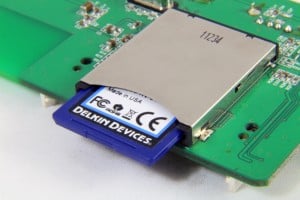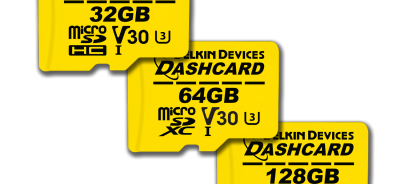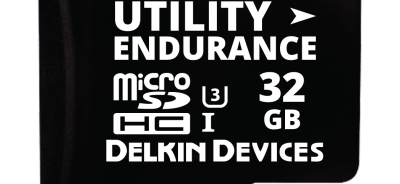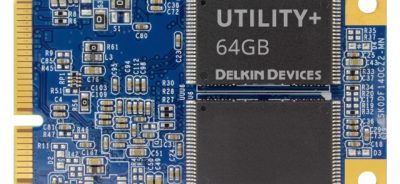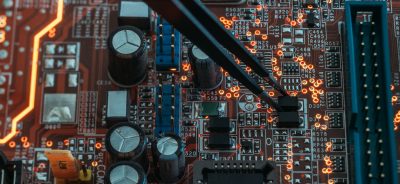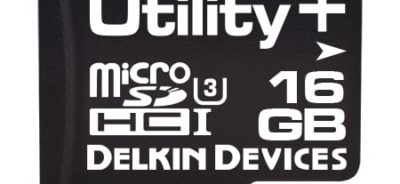What Is NAND Flash Storage?
If you’ve been searching for industrial grade memory, then you have likely encountered the term NAND flash memory. NAND flash memory is used in a wide variety of industrial flash storage devices, thanks to its ability to store a large amount of data on a small device. You can find NAND flash memory in solid state drives and USB drives in consumer, commercial, and industrial applications. One reason why NAND flash memory is so popular is that it is non-volatile storage, which means that it does not require power in order to retain data. This benefit lowers the overall power consumption in devices in which it is used. This is important for all devices, but particularly for industrial applications. What exactly is NAND flash? Here is what you need to know.
NAND Flash Basics
NAND flash memory is made up of a series of blocks on which information is stored. The data are written onto the blocks using electric circuits. NAND flash memory has floating gate and control gate transistors, each of which helps with the data flow. When it is time to program a cell with data, an electric charge will be sent to the control gate, which allows the data flow to begin. Because NAND flash relies on electric charges, rather than moving components like hard disk drive (HDD) storage, it is much faster and more reliable than HDD storage.
NAND Flash Lifecycles
Though powerful, NAND flash memory does not last forever. Each NAND flash memory card has a finite number of write cycles it can perform. Over time, the cells within the flash memory begin to get slower and fail—when this occurs, it is time to get a new memory card. The exact lifespan of a NAND flash memory device depends on many different factors, including the type of NAND flash used and how the device is utilized. For instance, devices that perform more read operations than write operations will last longer than devices used in write-heavy applications.
NAND Flash Grades
There are several grades of flash memory, but the three most common are TLC, MLC, and SLC. Triple-level cell (TLC) NAND flash stores three bits of data per cell and is usually used in consumer devices. With MLC, or multi-level cell, flash, two bits of data are stored per cell. This kind of NAND flash memory is frequently used in commercial applications. SLC, or single-level cell, is the highest grade of flash memory. With this kind of NAND flash, one bit of data is stored on each cell. Typically, SLC NAND flash is used in industrial applications.
For more information about NAND flash storage, contact Delkin. Our team will help you get the right storage device for your specific needs.
ORDER DELKIN INDUSTRIAL FLASH STORAGE TODAY through our distribution partner Newark.
For Europe Contact Our Partner Farnell
 Login
Login Register
Register


